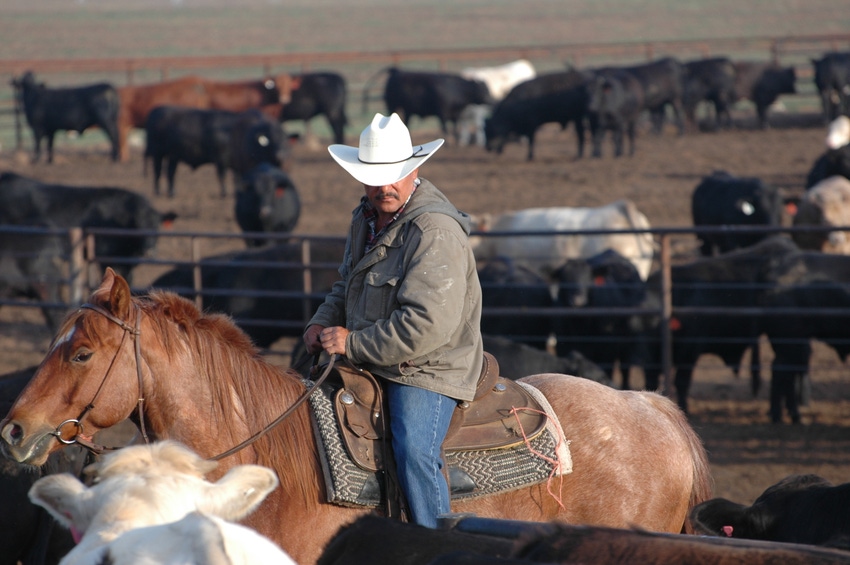The calf-fed conundrum
Calf-feds are becoming a bigger part of the feedyard population. And that presents some unique challenges.

As the headline suggests, there’s an animal health issue that is confounding veterinarians and feedyard managers with no solution yet on the radar. It’s calf-feds—those cattle that go on feed weighing somewhere around 700 pounds yet are still calves in terms of their age.
Twelve years ago, if you took a calf that was a top 20% animal for weaning weight and yearling weight, it would be in the 65th percentile for weaning weight and in the 70th percentile for yearling weight today, says Robert Wells, a livestock consultant with Noble Research Institute and executive director of the Integrity Beef Alliance. “If you took a breed-average animal 12 years ago and ranked it where it would be today, weaning weight would be at the 90th percentile and yearling weight would be 95th percentile,” he says.
Realistically, the cattle produced today are all high-performing cattle compared with just a decade ago. Calves are weaning heavier, often at weights where they go from the ranch to the feedyard without a growing phase in between.
And that presents some unique challenges.
The conundrum? These cattle show health issues later on in the feeding period rather than when they first go on feed. Sometimes, these health issues will appear 90 days or more after placement.
Read: How reducing risk factors for BRD attracts buyers
It’s not a new problem. I first encountered it 20 years or more ago when I was on the staff at the Texas Cattle Feeders Association. It bumfuzzled veterinarians and feedyard managers back then and it continues to do so today.
What is new, however, is the growing number of calf-feds that go on feed. While there are a number of reasons for a calf to go on feed instead of waiting until it’s a yearling, one of the more forceful is the incredible genetics we’ve been putting into our cattle, says Miles Theurer, one of 10 veterinarians in the Veterinary Research & Consulting Services group.
“A 7-weight calf today, 10 years ago was thought to be a yearling. Now it’s probably a longer calf-fed,” Theurer told a group of cow-calf producers who are part of the Integrity Beef Alliance. “What’s the immune status of that calf-fed when it goes into a feedyard? Is it able to mount that response as well as some of the older cattle, just due to a maturity standpoint?”
Those are just a few of the many questions that need to be answered to get to the bottom of the calf-fed conundrum.
Related: Calf health and vaccinations are not synonymous
And that’s not to say that all calf-feds will get sick. But some do, and in Theurer’s mind, too many do. His data show that on average, high performing calves will average about 10% morbidity. And industry-wide, data show that mortality continues to creep up. Looking back to 1999, National Animal Health Monitoring System data showed average mortality in feedyard cattle was 1.3%. That increased to 1.9% by 2011 and Theurer says it’s probably closer to 1.8% to 2% now.
“From a health standpoint, we continue to go backward,” he says. “The real question is, what’s the reason for that?”
It makes sense that a calf-fed doesn’t have the same immune system that an animal twice its age would have. That makes management on the ranch and in a preconditioning period ever more critical. But it’s on the ranch, beginning when the bulls are turned out, that sets the stage for the rest of that calf’s life, Theurer says.
Beyond that, answers are elusive. But the veterinary consulting group Theurer is part of, working in collaboration with the Integrity Beef Alliance, plans to keep digging. Answers won’t come easy nor will the come quickly. But they will come.
“Not all calf-feds have issues. There are lots of cattle we feed with 0% morbidity and 0% mortality. The question is not why did the cattle get sick, but the real question we need to be asking ourselves is why did those other cattle stay healthy?”
About the Author(s)
You May Also Like


.png?width=300&auto=webp&quality=80&disable=upscale)
